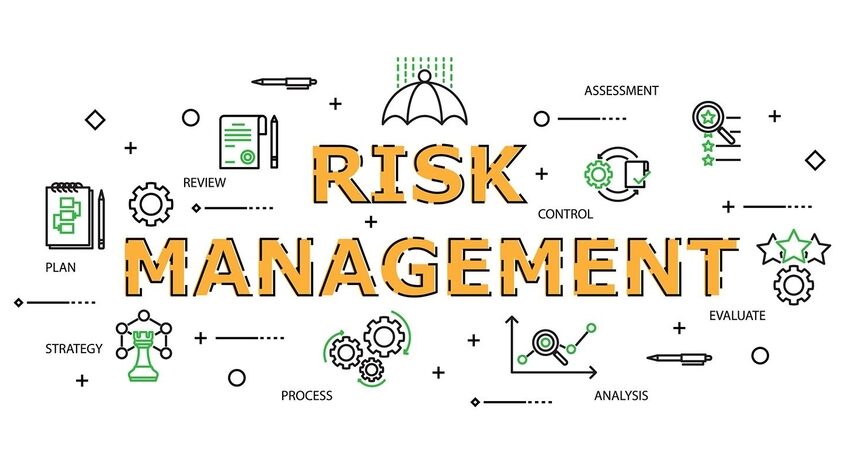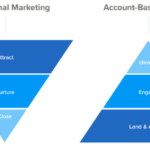Risk management is the standard procedure of identifying, accessing, managing, and controlling the threats and issues of a business organization’s capital, brand value, and revenue. These risks or threats can occur due to several root causes such as legal liabilities, financial instability, managerial errors, accidents, and disasters. With rapid digitization, accounting services of companies are focusing on the IT security threats and database risks and risk management strategies to eliminate them with foremost priority. Thus, the risk management plan of a company includes a process to identify and control threats to digitized assets like proprietary corporate data, customer information, leads, and so on.
Any business can face unexpected risks and threats with a series of harmful events that can lead to huge costs or permanent shut down of the company. Here, getting the professional help of the best accountant Perth will implement risk management techniques to prepare your company for any unexpected things by minimizing risk and extra costs before the effect of the risk event.
Importance of Risk Management
With the help of professionals, if an organization implements a risk management plan and prepares in advance for the potential risks before their occurrence, it will save money, time and protect the growth aspect of your company. Various compact risk management strategies help an organization develop standard procedures to ignore possible threats, minimize threats if they occurred, and cope with the results. This maximum capacity of an organization to identify, address and control the risks enables companies to be more confident and optimistic towards their business decisions. Under the governance principles of solid corporate norms, risk management helps the organization reach its goals and success.
Several other benefits or importance of having a risk management strategy are:
- It develops a safe and secure working environment for the employees and customers, making a boost in the efficiency and productivity of your business.
- It enhances the stability of your business activities and decreases the legal liability of your business.
- It ensures protection to the company from events that can be harmful to the company and the environment.
- It works for the protection of all involved people and assets of your company from potential threats.
- It helps in establishing the business’s insurance requirements to save on unnecessary premium plans.
There has been a significant rise in the importance of combining risk management with patient safety. Many organizations and hospitals have different risk management criteria and patient safety departments as they portray other leadership, goals, aims, and scope. But some hospitals understand the ability to ensure safe and high-quality patient support is essential to the protection of financial assets and must be collaborated with risk management.
In 2006, a medical centre in Seattle had integrated its risk management procedures with the patient safety department to create the Virginia Mason Production System (VMPS) management technique. This method focuses on the continuous improvement of the patient safety system by increased transparency of risk mitigation, reporting, and disclosure. This method has shown a significant reduction in the hospital professional premiums after its implementation in Virgin Mason. It has also increased the reporting culture significantly.
Risk Management Strategies and Procedures
Any risk management plan involves the same common steps that sum up the entire risk management procedure. Some of the steps are:
- Develops Context: Understand the circumstances in which the rest of the process will take place. The criteria used to evaluate risk should also be established, and the structure of the analysis should be defined.
- Identification of Threats: The Company seeks the help of professionals to identify and define the possible threats or risks that can adversely affect or influence your business’s specific project or purpose.
- Risk Analysis: After identifying risk or threats, the company evaluates the chances or probability of the occurrence of that event and preparatory measures for its consequences. The primary purpose of risk analysis is to understand in-depth knowledge about the specific risks and how they could affect a company’s projects, objectives, and productivity.
- Assessment of Risk and Its Evaluation: The risk is further evaluated after identifying its overall likelihood of occurrence combined with the general consequence. The company can then decide whether the risk is acceptable and whether the company is willing to take it on based on its risk appetite.
- Constant Monitoring for Risks: A part of the mitigation plan includes the follow-up of risks and overall objectives to constantly monitor and identify and track new, latest, or existing threats or dangers. This monitoring also helps in reviewing and updating comprehensive risk management procedures according to sets and standards.
- Interact and Consult: Internal and external shareholders should be included in communication and consultation at each appropriate step of the risk management process and the process as a whole.
Risk Management Approaches
After the implementation of the risk management process, the specific risks of a company gets identified. Companies can take various strategies regarding the types of risks involved:
- Risk Reduction: At times, companies can reduce the damage that specific risks can impose on a business process. This is done by adjusting certain factors of an overall project plan or company process or reducing its scope.
- Risk Avoidance: While it is next to impossible to eliminate the chances of having risks, companies can look for an avoidance strategy designed to combat threats to avoid the disruptive and costly consequences of a damage.
- Risk Retaining: At times, companies decide to take a risk worth it from a business standpoint and decide to keep the risk and deal with any potential damage from it. Companies keep retaining a certain level of risk if an assigned work’s anticipated profit is greater than the costs of its potential danger.
Ending Note:
Get the best professional financial risk management company in Australia to look after the potential future threats and make your business an overall safe environment. Utilize the services of companies like Accounting Services Perth to establish value and systematic and structured performance of your business activities without the fear of future risk or damages.








